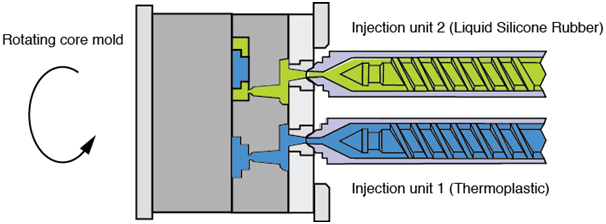
Injection moulding is a fantastic way to accelerate products from initial design into mass production, but if anything goes wrong that too will be mass produced – and that’s expensive.
More often than not, the biggest losses are caused by the smallest defects because they are harder to spot in time. The significance of a small deformation may be unapparent until after a batch is delivered.

Most deformations have several possible causes and here are common problems and solutions.
Scorching
Overheated resin can introduce scorch marks so adjusting temperature seems the solution, however, the cause can be more subtle. Trapped bubbles are often the focus of excess heat, so better venting may be needed. Inadequate injection pressure is a common cause of bubbles but high pressures can also suck in air.
Incomplete components
Possible causes include constricted inlet gates, over-viscous material, low temperature, or trapped air. A plastic injection moulding company like http://pnplastics.co.uk/ will quickly identify the cause.

Flow lines
Wavy patterns result from irregular cooling causing material to settle in bands. Some people like this appearance but it depends on the product and the design intentions of the client. Patterning is usually most evident near injection points or in narrower parts of the design that can cool the quickest.
Increasing injection pressure, speed or inlet diameter can reduce layering, but over-fast injection can actually introduce irregularities due to “jetting” of material. Designing rounded corners will help prevent both irregular flow and cooling.
Warping
Uneven shrinkage causes warping, and arises if the mould cools too quickly. This isn’t always because refrigeration is too cold, it also happens if the resin begins too hot. Try lowering initial temperatures. Conversely, sink holes arise when surfaces are cooled too little. Statistics from material suppliers help you estimate normal shrinkage.
Streaking
Discolouration is frequently caused by inadequate cleaning between production runs, or poor thermal stability in a colourant.
Peeling
If surface layers easily delaminate you need to analyse your injected material – it may be damp, contaminated, or inadequately mixed. Surface separation could be a warning the entire product is friable.
Burring
Lips of excess material indicate resin has escaped into the void between tooling surfaces or near the injector pin. Deburring thousands of products may not be practical.
Common causes include mould wear or insufficient clamping. Excessive temperatures and pressures also contribute.
